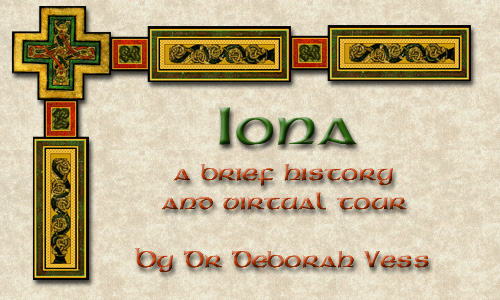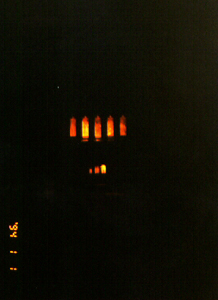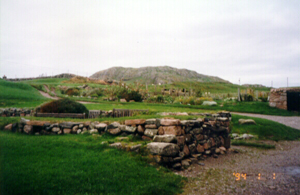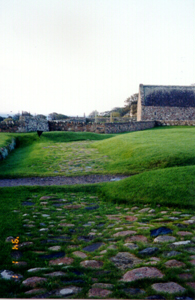
|
|
From the Reformation to the Modern Community on IonaAs a result of the Reformation, in fifteenth century the abbey lost its independence, and the bishop rented out its lands. Charles I later established the abbey church as the cathedral of the Isles. In 1693 the Argyll family acquired possession of the Abbey. The condition of the Abbey gradually declined, and by the nineteenth century it was in a state of ruin. In 1874 the eighth Duke of Argyll began a restoration project which focused on strengthening the walls to make them able to support a roof. Unable to complete the project, he donated the Abbey and grounds in 1899 to the Iona Cathedral Trustees. The Duke insisted that the Abbey church be restored and used as an ecumenical place of worship. By 1910 the church had been restored and was once again a place of worship as opposed to a place for tourists or a museum. In 1938 George McCleod founded an ecumenical mixed community of men and women. These people have dedicated their lives to social justice, and are based in Glasgow, an area where industrialization has created a significant problem with the needy in the inner city. The Iona community is also dedicated to fostering the ecumenical sharing of communion and of faith, and to increasing dialogue between the Christian denominations and between the various faiths. There are some 200 members and 1400 associate members of the community who come to Iona to live for a year and then return to their charitable work. There are also approximately 1400 associates or friends of Iona, who come for brief periods of renewal and share in the community's prayer life while living elsewhere. The liturgy of the community is remarkable, as it is not only a liturgy devoted to healing and to social justice, but one which demands participation between the celebrants or leaders and the community present. Those who visit Iona will start their day with prayer at 9:00 A.M. and end it with prayer at 9:00 P.M.
The Abbey itself unites all of us with our Christian past. Yet the unity with the past goes even deeper than just these few hundred years of Christian presence here on this island.
No one can visit Iona without feeling the special, sacred nature of the island.
On Iona, as in the depths of the soul, one can
For further exploration, consult the following links:Home page for The Iona Community Adamnan's Life of Columba. The Latin text of this vita is printed along with an English translation on the Columba Home Page. See also the Latin vita at Christian Classics. Rule attributed to St. Columba Columba did not leave a rule, but this text from the sixth century is attributed to him.
|
 Today,
the spiritual light of those who live, work, and pray in the abbey continues
to shine as a beacon in the night, offering hope to the oppressed, compassion
for the suffering, and unity with all of creation.
Today,
the spiritual light of those who live, work, and pray in the abbey continues
to shine as a beacon in the night, offering hope to the oppressed, compassion
for the suffering, and unity with all of creation.  In
the ancient
In
the ancient  From the heights of Dun I, the highest
hill on the island whose name means "hill of Iona," and from
many of the other hills, one can see the vast expanse of the green-blue
seas, and can lift the soul in prayer as did Columba and countless others
did before us.
From the heights of Dun I, the highest
hill on the island whose name means "hill of Iona," and from
many of the other hills, one can see the vast expanse of the green-blue
seas, and can lift the soul in prayer as did Columba and countless others
did before us.  This
is the Avenue of the Dead, one of the oldest streets in Europe. Bodies
were carried along this street to the Relig Odhrain. This street was
directly in front of the abbey and, thus, the monks literally kept death
always before their eyes. The road is, however, more powerful as a metaphor
of the spiritual death and rebirth embraced by those who follow the
monastic way.
This
is the Avenue of the Dead, one of the oldest streets in Europe. Bodies
were carried along this street to the Relig Odhrain. This street was
directly in front of the abbey and, thus, the monks literally kept death
always before their eyes. The road is, however, more powerful as a metaphor
of the spiritual death and rebirth embraced by those who follow the
monastic way.  experience
the beauty of the sunset,
experience
the beauty of the sunset,  while looking for the sunrise to follow. (
Special thanks to Mrs. Aileen Cronan, Kansas City, for the sunrise photo.
Unfortunately, the author is NOT a morning person!)
while looking for the sunrise to follow. (
Special thanks to Mrs. Aileen Cronan, Kansas City, for the sunrise photo.
Unfortunately, the author is NOT a morning person!)